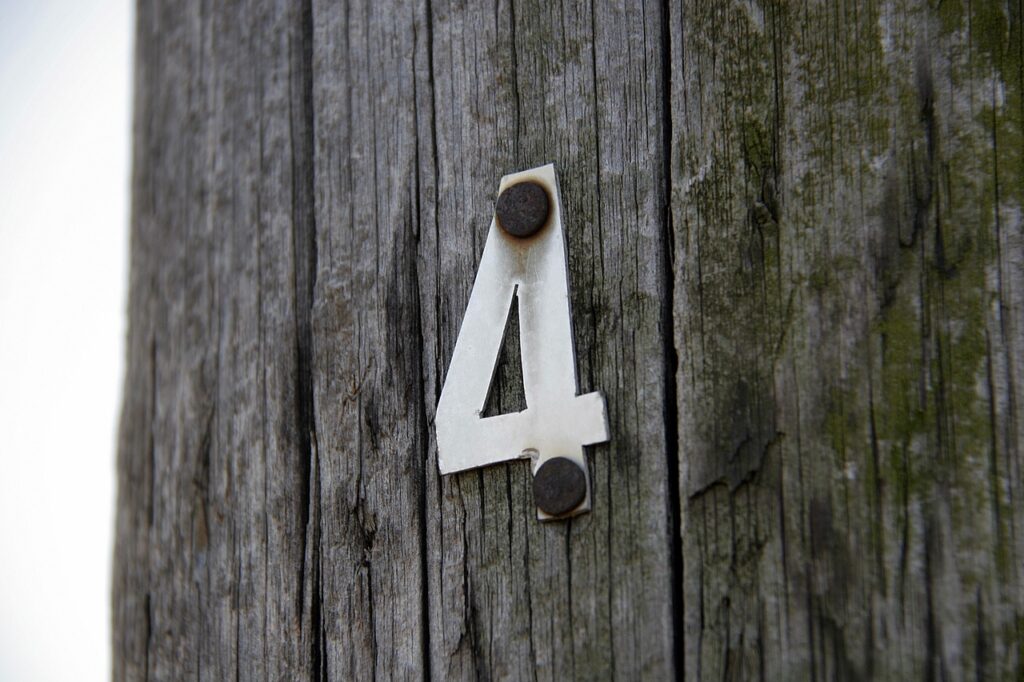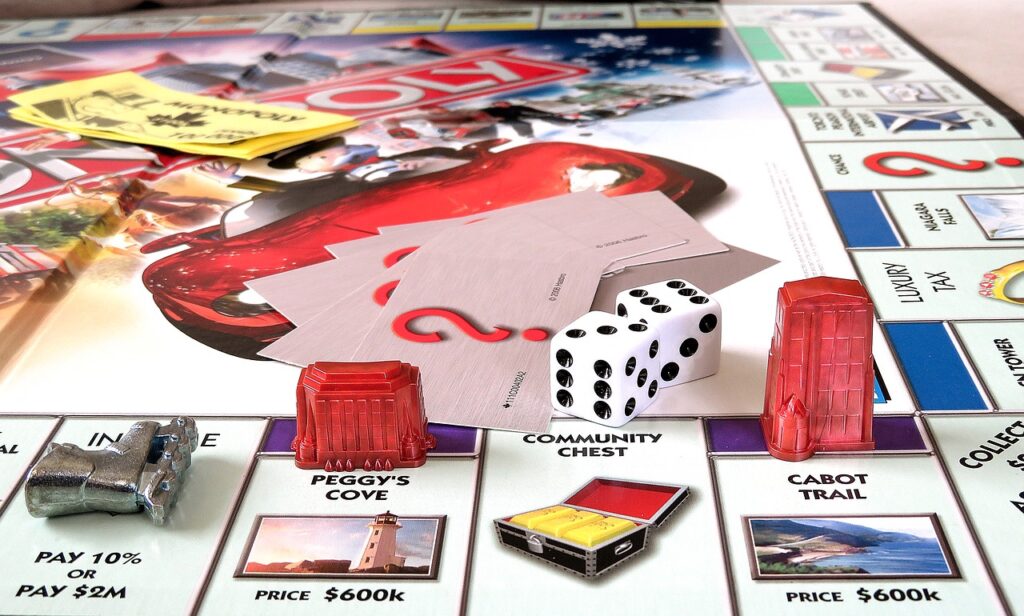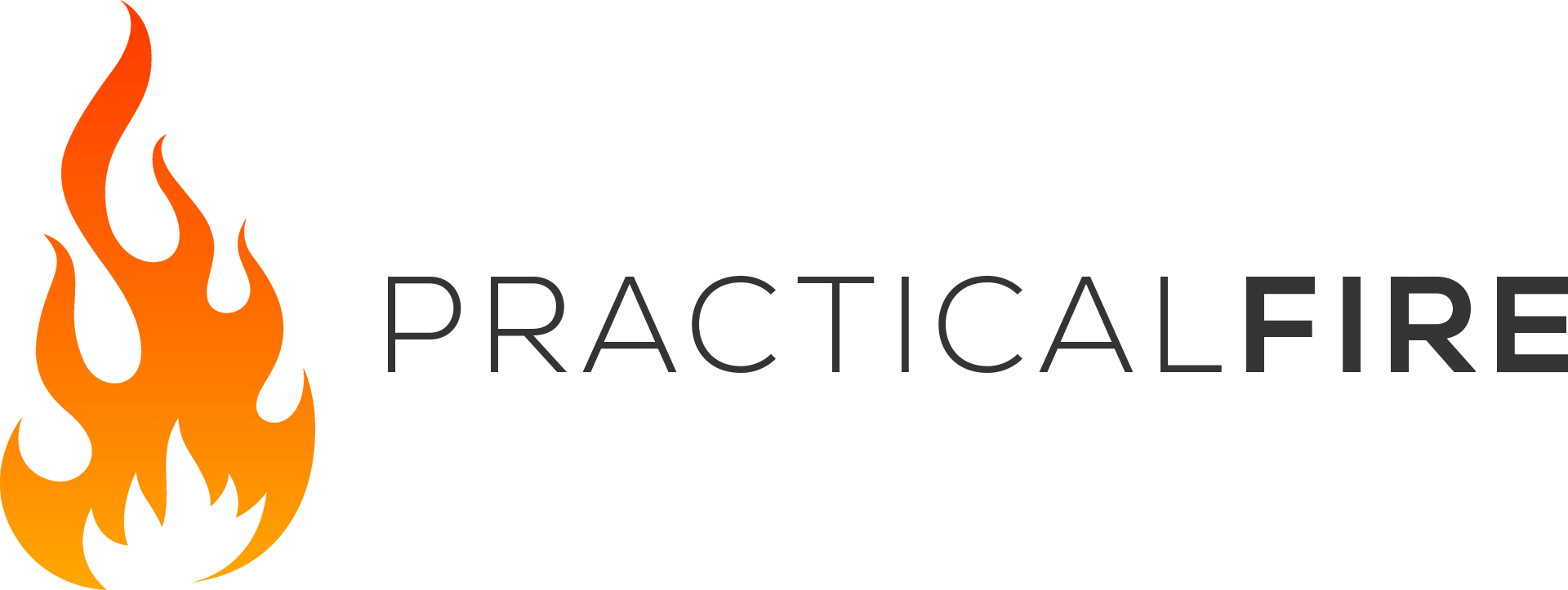Everyone’s journey to Financial Independence is different and most of us in the movement blend a huge range of skills and strategies to try and knock away those mountains and build a stable financial future.
In this guide I wanted to look at the overarching paths to Financial Independence that you need to consider. Not all of them are for everyone, some are quite extreme but all together they really cover the financial independence Pie.
There are only 3 essentials to reaching FIRE.
Frugality/Reducing Costs/Saving
Earning More
Investing to create Passive Income
The Pillars of Financial Independence

There are only three real umbrella pillars to financial independence – spending less, earning more and replacing your income. The method for actually achieving financial independence is always the same invest the excess and create enough passive income to support you for the rest of your life.
Pillar 1: Spending Less
The less you spend the less money you need saved to support yourself.
In real numbers if you can spend 12000 a year indefinitely you’d only need £240,000 invested at a conservative 5% return. Ok this doesn’t account for inflation so the actual figure needed is slightly higher but that’s not a huge target. Someone earning the median UK income of £28,677 could save £16677 a year if they can live on £12000/year. Bear in mind the taxes on the median income cut the actual earnings to £23,038 after taxes so they may only be able to save £11000. Even saving the lower of these numbers gets your retirement level in 21 years. However, when we are investing this money we can bring this figure down to 15 years and 1 month – assuming a return of investment of just 4.5%.
Simple really spend next to nothing and save the difference.
Pillar 2: Earning More
At some point you reach a point where you can’t really spend any less. Then you want to increase your earnings. The traditional method for this is simply to improve your career prospects and get a better job. However, for the FIRE community its often about the side hustles, the out of work hours projects, side businesses and myriad of other techniques we can use to increase and often replace our day to day incomes……
Pillar 3: Replacing your income
The end goal of financial independence is really to replace your income at levels you can spend for the rest of your life. One of the best ways to reach financial independence is to just replace your income – either with work you enjoy (at which point financial independence becomes freedom to work at what excites you) or to have enough passive income revenue streams that you can comfortably retire and not have to do any form of work. Of the two the first is much more acheivable for most people!
Understanding the Numbers

When you start thinking about what FI means to you you need to get a real grasp of the numbers. The numbers seem really daunting at first but the more you work at them the less scary they become.
There are as many numbers and opinions on how much money you need to FIRE as there are fish in the sea from what i can gather. The important thing is that you identify a number that is right for you. But here is the most common idea
- You need 25 x your annual expenditure in savings you’d need £625,000 and You need to be able to withdraw at 4% from your savings for ever without eating all your capital
So if you want to spend £25,000 a year for ever you’ll need £625,000 invested.
When the FIRE community talks about retiring though they have vastly mixed accounting systems and target figures. I could probably semi-retire on £25,000 a year. Some can retire comfortably on £12,000 a year. A family might need to retire on £60,000 a year. Bear in mind that the old aged pension in the UK is only £164.35 a week or £8546.20 a year. £8000 a year won’t have you jetting off to the far east every month or cruising around in a Porsche but if hundreds of thousands of pensioners manage to live on it i’m sure you could too.
The important thing is to work out what number is right for you, to aim for it and then implement strategies that allow you to get there. For example, if you could have £8000 a year in income from £200,000 in savings you might not be able to retire early but you could certainly drop to part time hours, or use the £8000 as a stepping stone to keep increasing your income. The hardest roadblock is always the first step, which is why our next starter guide is there to help you get that first £1000.
Which Strategies

This website deals with all of the strategies for financial independence that I can feasibly cover. For more information on all of these start exploring the site however i wanted to just quickly outline the key strategies under each pillar. You need to plan your path to FI, so why not start now. Work out which ones you like, which interest you, read more and start implementing.
Spending Less
Cut your expenses, cut your expenses more, live like a student, live for free, live in a van, live ina tiny house, house share, downsize, switch hobbies, budget, minimalise housing expenses, minimise transport expenses, reduce your consumption, get stuff for free, slash your entertainment costs, change location, get healthy, read more, learn more.
Earning More
Invest in your education, change careers, start a side hustle, start a business, get a payrise, start a website, sell on etsy, sell on ebay, sell on amazon, work 2 jobs, freelance, write a book, write a course,
Replacing your income
Invest in stocks and shares, invest in index trackers, invest in dividends, invest in property, invest in peer to peer lending, invest in magic beans (just kidding), invest in businesses, invest in bonds, save into your pension.
These are just a few of the many ideas. I’d recommend you write your own numbers out, you work out the strategies that you are going to follow to get to FI and then start pursuing them. Once you’ve done that it’s time to get the ball rolling…..so head over to “Get Your First £1000 saved and invested – in 1 month”.
